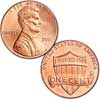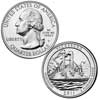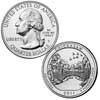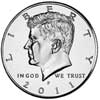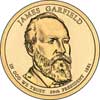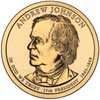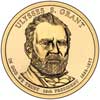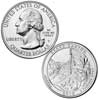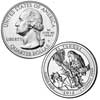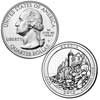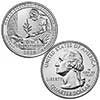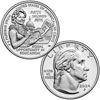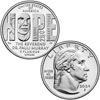The enormous park is located in the upper northwest corner of the state, in the Olympic Peninsula of the Pacific Ocean.
The park has gone through several re-naming processes and earned a few different titles along the way. Conservationists recognized the need to preserve the area's primeval sanctuary and persuaded President Grover Cleveland to designate the area as Olympic Forest Reserve in 1897. At that time an incredible 2.1 million acres, which encompassed the entire central portion of the peninsula, became the responsibility of the U.S. Department of the Interior.
Then in 1909, President Theodore Roosevelt renamed it Olympic National Monument, but it was President Franklin Roosevelt who gave it National Park status when he signed new legislation for it in 1938. Olympic National Park earned the prestige of an International Biosphere Reserve in 1976 and became a World Heritage Site in 1981. Last but not least, in 1988, Congress designated 95 percent of the park as "Wilderness."
Through the legislation process, the size of the park shrunk to just under one million acres, but that's still plenty of room for the largest unmanaged herd of Roosevelt elk in the world. Other wildlife that call Olympic National Park home are northern spotted owls, snowshoe hare, mountain beaver, river otters, and black bears.
Hundreds of thousands of visitors journey to Olympic National Park each year. Many stop at the Visitor Center in Port Angeles to see its exhibits and the orientation film before driving to Hurricane Ridge or another park hotspot. Lake Crescent, Rialto Beach, Hoh Rain Forest, Deer Park and Quinault Valley are just a few of the popular sites within Olympic's diverse park.
Mintage:
| Philadelphia | Denver | Clad Proof | Silver Proof |
| 30,400,000 | 30,600,000 | 1,267,361 | 722,076 |


